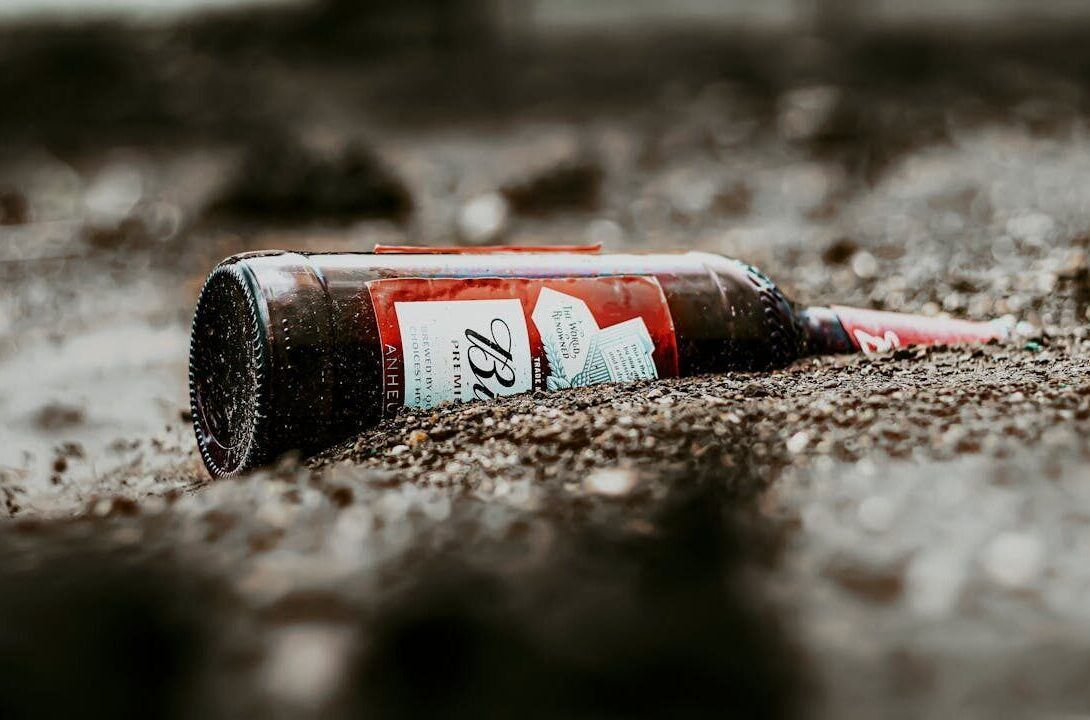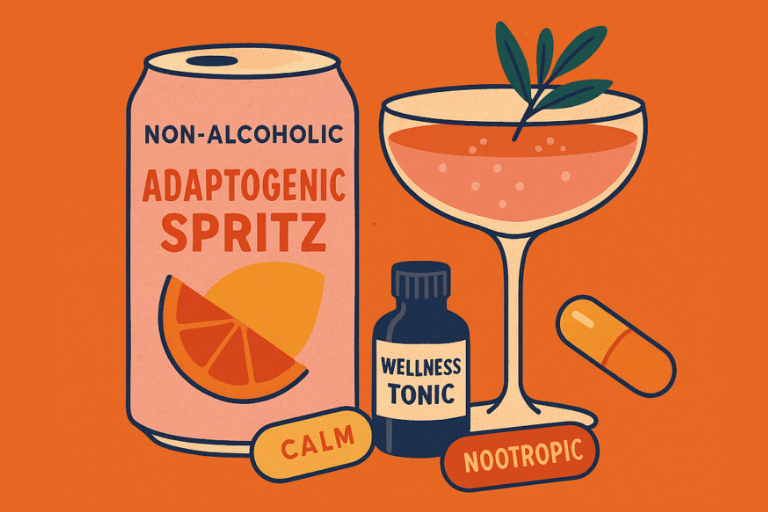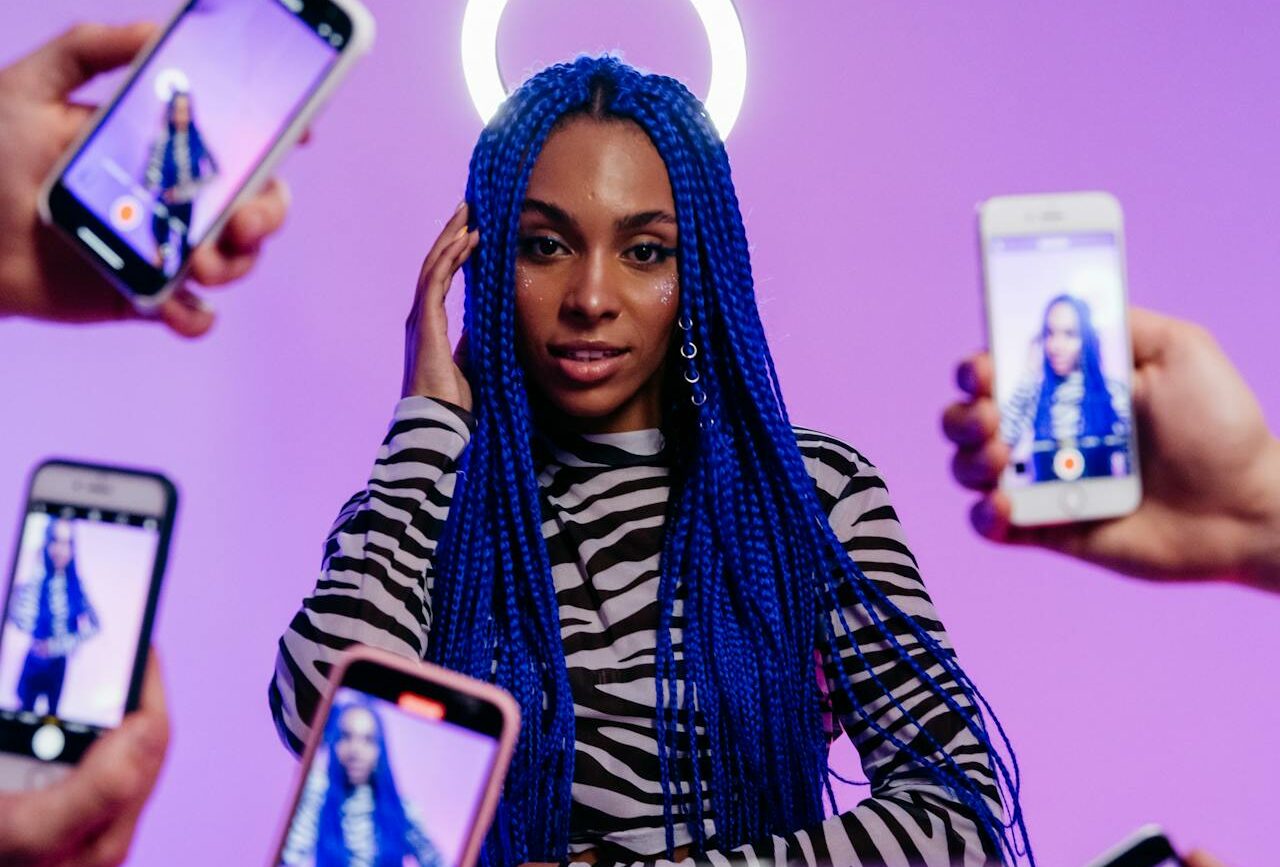Blue light glasses promise to save your eyes and your productivity. The science says otherwise. Here is how marketers sold us a fake fix for a fake problem.

From Happy Hour to Hard Reality
There was a time when beer meant belonging and wine meant sophistication. Whiskey was rebellion in a glass. Every drink came with an identity, and marketers built empires on those emotions.
Now, alcohol has lost its swagger.
Sales are down across the board. Mergers and acquisitions have slowed. Craft breweries are closing, wineries are shuttering, and even the luxury liquor market has gone flat. What was once a cultural mainstay has become a mirror of changing values. The buzz is gone, and nostalgia has stepped in to fill the silence.
Generation Dry
You can trace the shift to a generation that grew up watching hangovers, health warnings, and drunk-text receipts in real time. Gen Z and younger millennials are drinking less and questioning why they ever needed to drink at all.
This isn’t just a Dry January trend or another round of Sober October. It’s a lifestyle reset. The “sober curious” movement has gone mainstream, and non-alcoholic options are booming.
A recent Gallup poll confirmed what the industry already fears. Only 54 percent of U.S. adults now say they drink alcohol, the lowest level since 1939. More than half believe even moderate drinking is harmful to their health. Younger adults are leading the exodus. They’re skipping the buzz, saving their livers, and calling it self-care.
Drinking less is no longer about denial. It’s about control. In their world, alcohol isn’t rebellion; it’s regression.
Nostalgia on Tap
When sales dry up, memories start pouring. Nostalgia is the new growth strategy.
Simple beer and wine are making a comeback. Not the hazy, triple-hopped, artisan kind. The old, reliable, boring kind that everyone’s dad drank. Consumers want what feels familiar, comforting, and uncomplicated. Marketers know this and want to pull them back in.
Reports from The Street and Craft Brewing Business indicate that craft beer production is expected to continue falling in 2025, while legacy brands are holding steady. Hamm’s, Coors Banquet, and Miller High Life are selling the same thing they did fifty years ago: a story that feels safe, familiar, and refreshingly uncomplicated.
We saw the same pattern after the Craft Beer Boom, when the obsession with microbreweries collapsed under its own weight. The more complicated the market became, the more consumers craved simplicity.
That’s why Hamm’s Beer is having a moment. In July 2025, Saint Paul Brewing hosted a celebration at the original Hamm’s Brewery site. The event featured a historical tour, vintage-style merchandise, and an appearance from the 72-year-old Hamm’s Bear himself. Fans lined up for photos and raised a toast to simpler times.
The Hamm’s brand, now owned by Molson Coors, is still in stores, and its revival couldn’t be better timed. It represents this new nostalgia economy: iconic logos, simple packaging, and wearable history. Stickers, T-shirts, and retro beer merch are everywhere. You may not drink the beer, but you might wear the brand.
The M&A Malaise
Behind the scenes, the business side looks just as bleary. Beverage mergers and acquisitions fell by more than 12 percent in the first half of 2025. Costs are rising and supply chains are still recovering. Even global players like Carlsberg and Britvic are consolidating to stay alive.
According to Capstone Partners, beverage industry M&A dropped 12.5 percent in the first half of 2025. A few blockbuster deals, like Carlsberg’s five billion dollar purchase of Britvic, are keeping total deal value afloat, but the trend is clear. Alcoholic beverage growth is lagging far behind non-alcoholic. The only segment with real energy is the one that does not actually get you drunk.
Instead of expanding their premium portfolios, major beverage companies are turning toward non-alcoholic options, ready-to-drink products, and imported beers that promise stability. The age of endless growth has ended, and the next chapter is about survival through simplicity.
The End of Cool
For decades, alcohol defined identity. “What’s your drink?” was code for “Who do you want to be?”
We explored that cultural conditioning in Need a Drink? and Booze News, tracing how advertising made intoxication aspirational. Even Alcohol Marketing: Before and After Prohibition showed that the same emotional triggers have been recycled for a century.
But today’s consumers aren’t looking for escape. They’te looking for equilibrium. Cool has shifted from rebellion to restraint. Drunk is no longer desirable, and the old marketing cues have lost their power.
The Hangover Will Last a While
The alcohol industry isn’t dying. It’s detoxing.
As Capstone’s 2025 Beverage Market Update notes, the real growth now comes from functional and non-alcoholic drinks. Nostalgia is one of the few emotions the alcohol industry still knows how to sell. When the buzz fades, sentiment sells.
Consumers are redefining pleasure and nostalgia at the same time. They’re skipping the hangover but still buying the T-shirt. They’re rejecting the drink but keeping the memory.
In the Hangover Economy, the buzz has moved from the bottle to the brand. And for now, the only thing still on tap is nostalgia.


